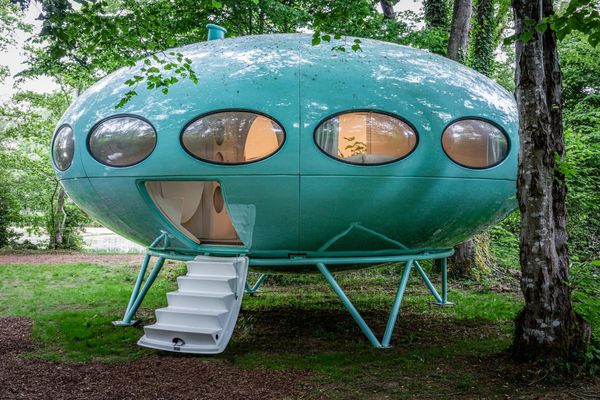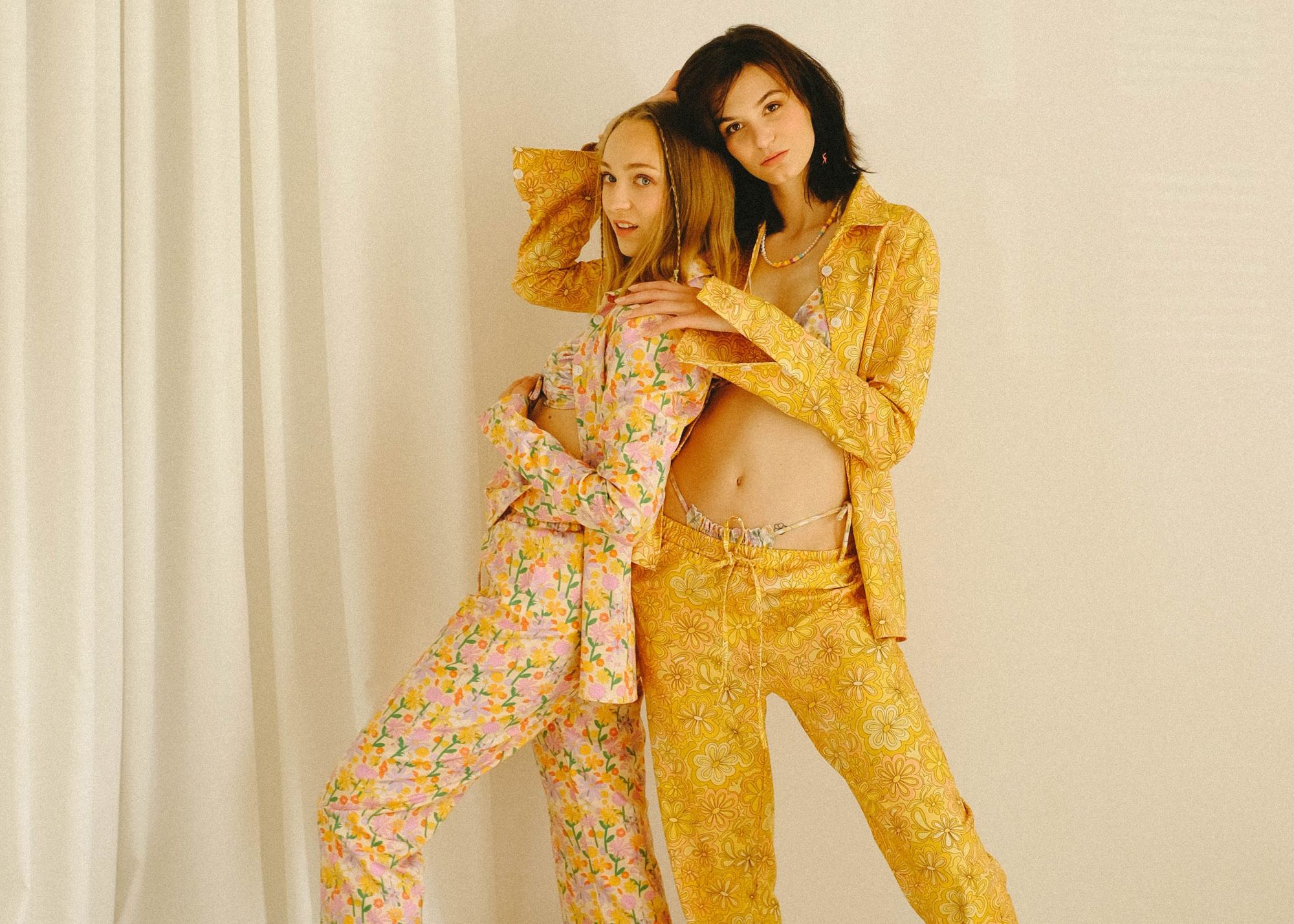Matching sets, floral pattern, collar and bell sleeves—Alja Horvat, Slovenian illustrator, debuted with her new clothing brand, called By Alja Horvat, where the creator’s specific graphic designs are transformed into wearable pieces of clothing. A little summer vibe spiced with the style of the 60s and 70s. Interview!
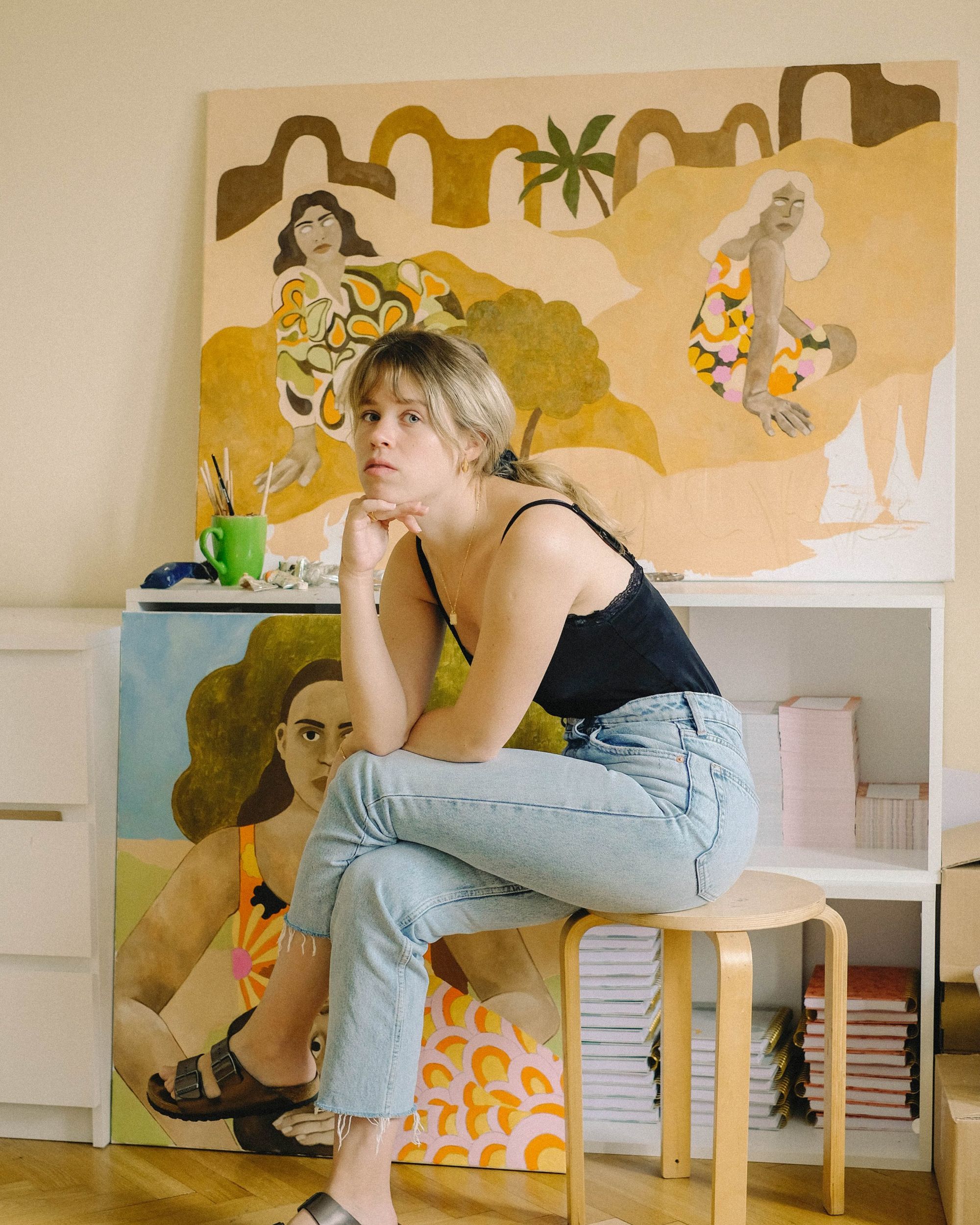
In your graphic work, you have now reached a new milestone. What motivated or inspired you to create your own clothing brand?
Working as an illustrator, I’ve collaborated on many amazing fashion projects, but ever since I was a teenager I dreamed of having a fashion brand with my own prints and my own designs. I even designed my own prom dress, which my mom sewed, and I remember having so many dress sketches around this point in my life. I even wanted to apply to a fashion school, but ended up going to graphic design.
I have also worked with fashion brands during my graphic commissions: I created two collections for Spanish clothing brand CeliaB and I also worked on a fashion collection with Anthropologie and FILA, and many other smaller brands.
When I started designing prints for various companies and products, I realized it could be something special if I designed a collection with my own prints and clothing designs. In addition, producing an ethical and sustainable fashion collection can be very expensive, and I didn’t have enough resources until the previous year.
Another reason why I’m creating the collection is because I love the 60s and 70s and I want to bring the spirits of these two decades back to life, but with a modern twist.
The character of the 60s and 70s is reflected nicely in the solutions you use, such as the bell sleeves and rounded collar of your clothes, as well as their color palette that creates this special atmosphere. What makes your clothing pieces special?
Prints for clothing and other products are usually either created in-house by textile designers, outsourced through freelance designers or bought from print studios. Fashion brand owners usually don’t create their own prints, and this is what will make this brand special.
As an artist, I want to be involved 100% in everything I make. What I mean is, if I’m creating a fashion collection, I don’t only want to design clothes, but I also want to design the prints for the clothes, so the collection is 100% mine.
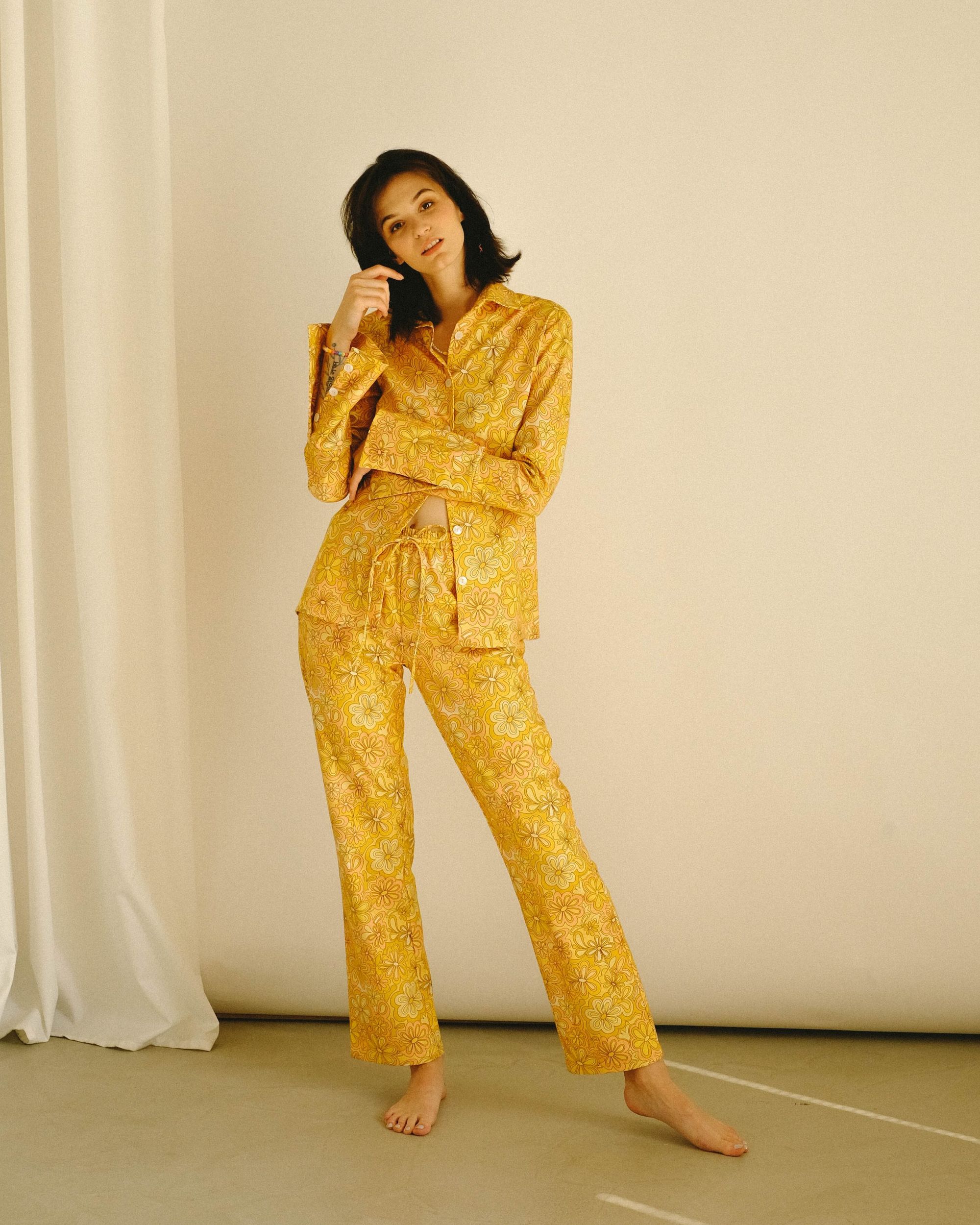
Exactly where and how are your clothes made and what kind of raw materials do you prefer?
My process actually starts with creating a moodboard for clothing designs and deciding which fits I want to have in my collection. I decided to go with a matching set of pants and shirt and short dress for summer. I also planned on doing a bodysuit and longer dress, but these will be available in a second collection, later this year. After the moodboard, I create sketches for clothes and from them we create technical patterns for sewing, and then I start working on the patterns in the collection.
Each piece of the colelction is made in a small, family-owned factory in Slovenia under ethical conditions. The printing we use for fabric is eco-friendly and all prints are made with ecologically friendly water-based dyes and biodegradable inks. The fabrics we are using are all OEKO-Tex Standard Certified.
Deciding on fabric was very difficult, I admit, but in the end, I decided to go with 100% cotton, with a sateen finish. I wanted fabric to look casual, shirt-like, but to still have a bit of shiny finish. Bamboo fabric proved to be the best choice, because it has antibacterial properties, it’s wrinkle resistant and can be worn in any season. Another advantage is that it will keep you warm in winter and cool in summer.
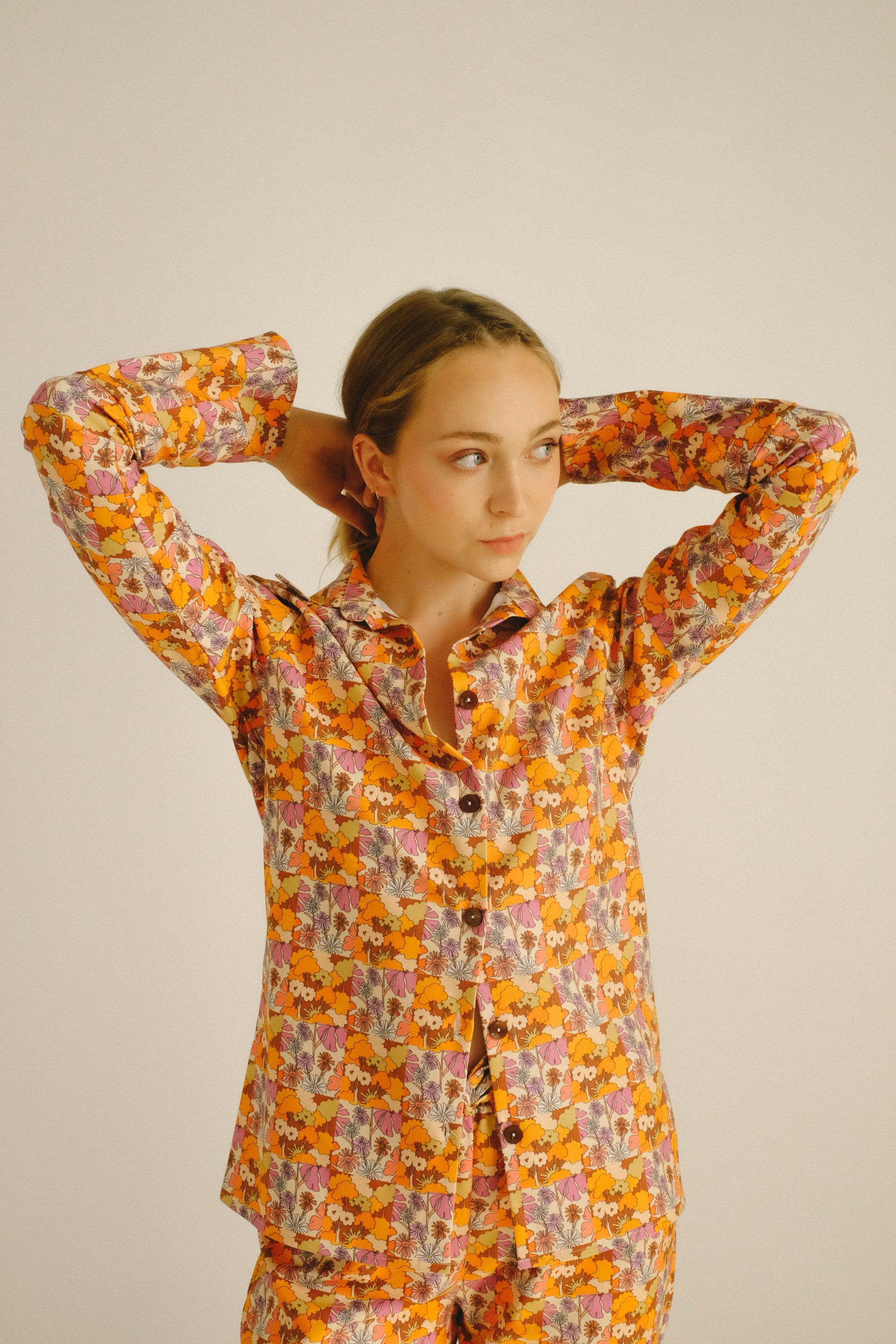
As you mentioned, your collection currently includes clothes and shirts and pants that can be worn in a set. What kind of new pieces can we expect in the near future?
Yes, in addition to short dresses, you can also choose from matching sets, which I decided to do, because I always wanted a casual matching set with colourful print, that I can also wear separately. My bucket hats, which are already in production, will be available next week.
The By Alja Horvat clothing collections will not be seasonal: I will have matching sets in each collection, and the prints and patterns will be renewed from time to time. In the winter/autumn collection I will replace short dresses with longer dresses and I will occasionally add seasonal accessories to the collection. I don’t plan on creating new clothes every season: I’m taking a slow approach, I’d rather put out clothing only once per year, but I make them with the utmost care and attention.
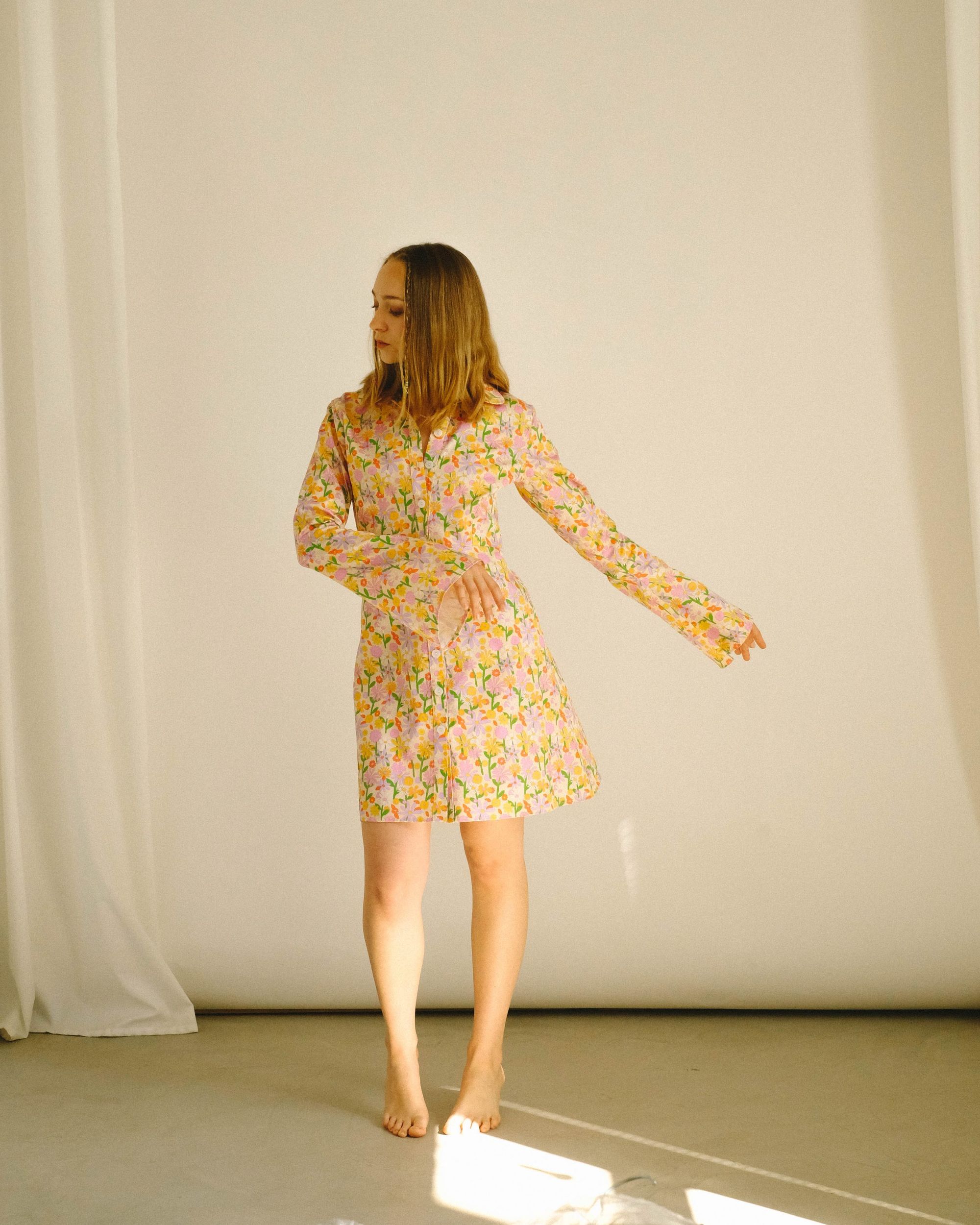
You are working as full time illustrator, but now also you are managing your clothing brand too. Which area will you focus on more in the near future?
I think my two jobs go well together and complement each other. Both jobs are very creative and tied together in a way. I’m still working on illustration projects for clients, but now I’m more focused on my fashion collection, because this has been a dream of mine for a long time.
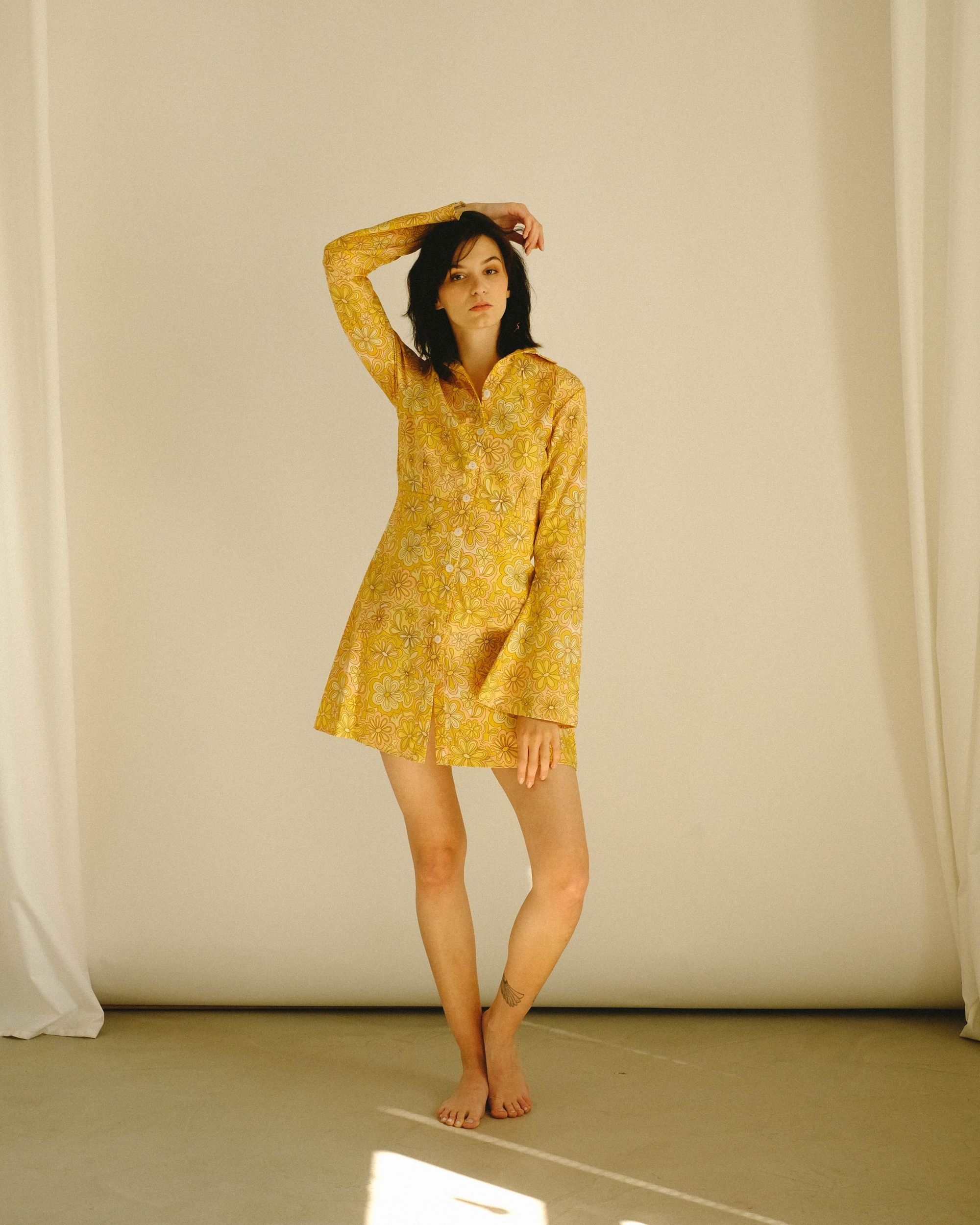
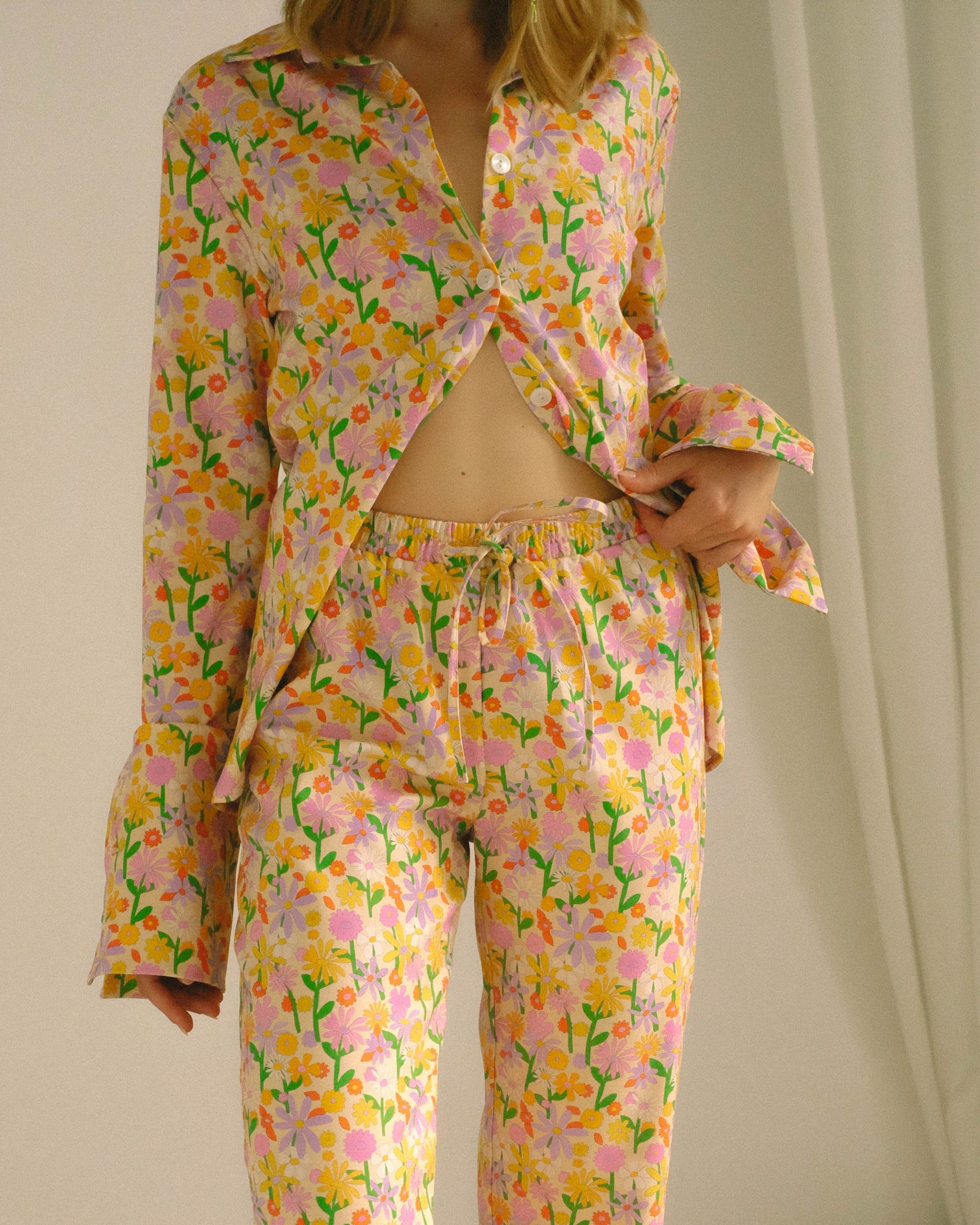
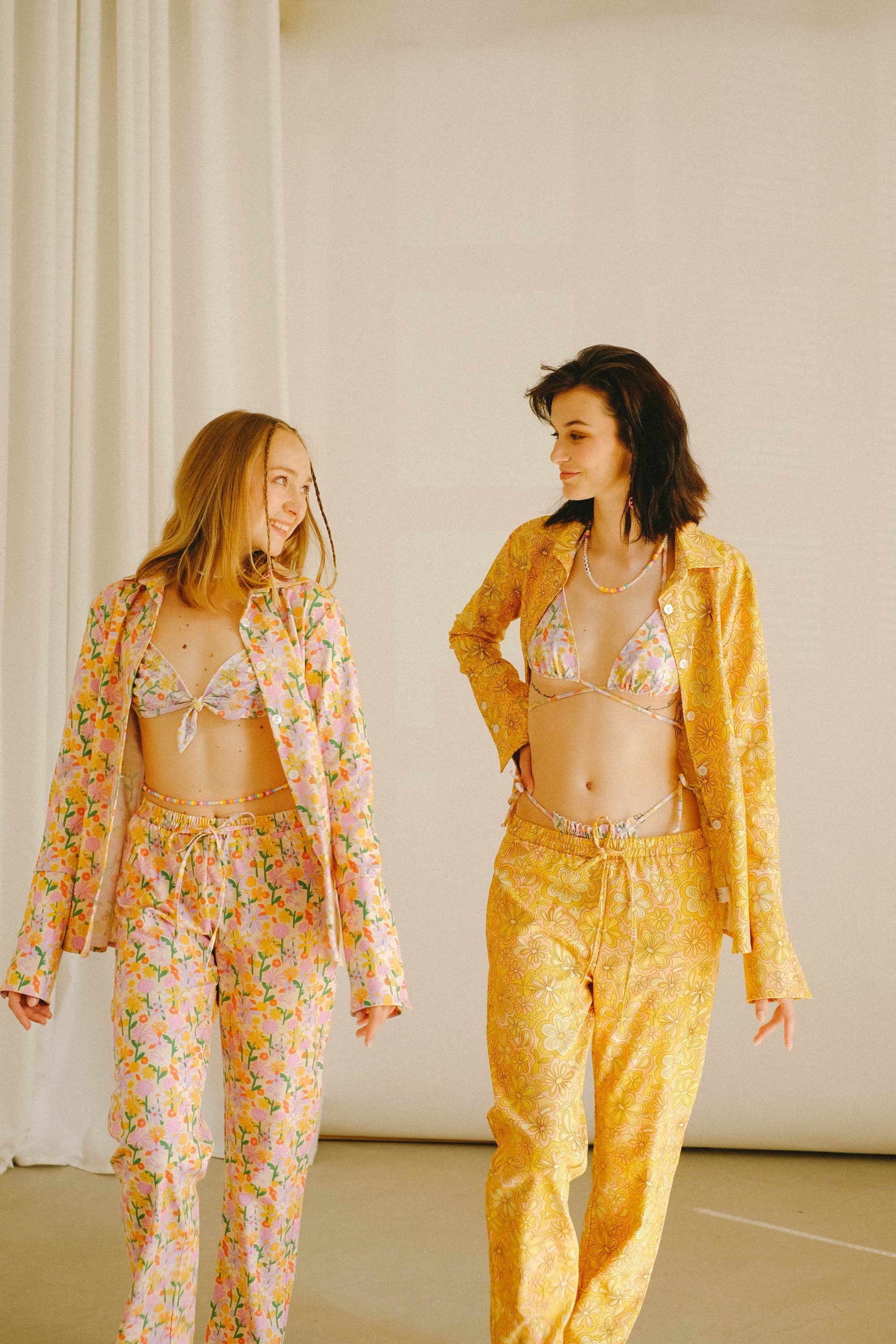
By Alja Horvat | Web | Facebook | Instagram
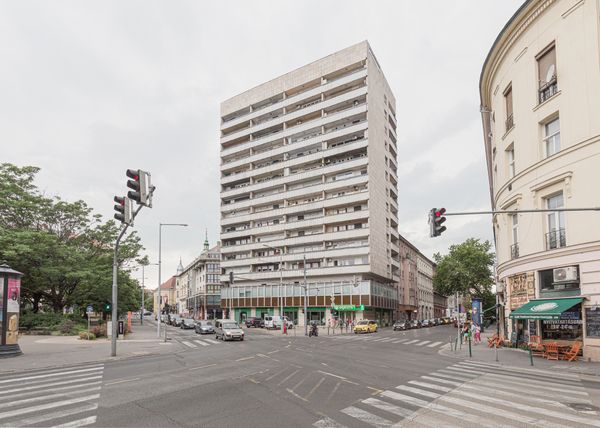
We visited the OTP Bank Tower House | Othernity
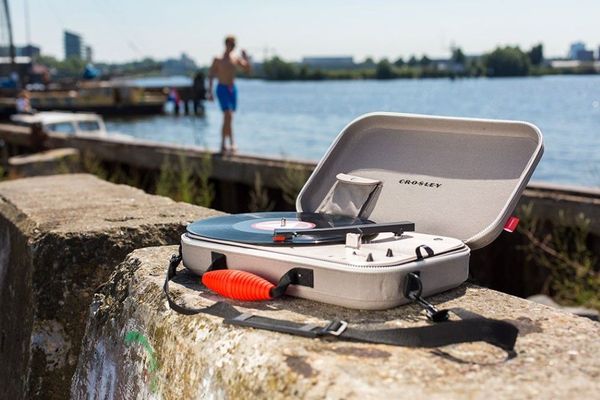
A bag full of melodies
